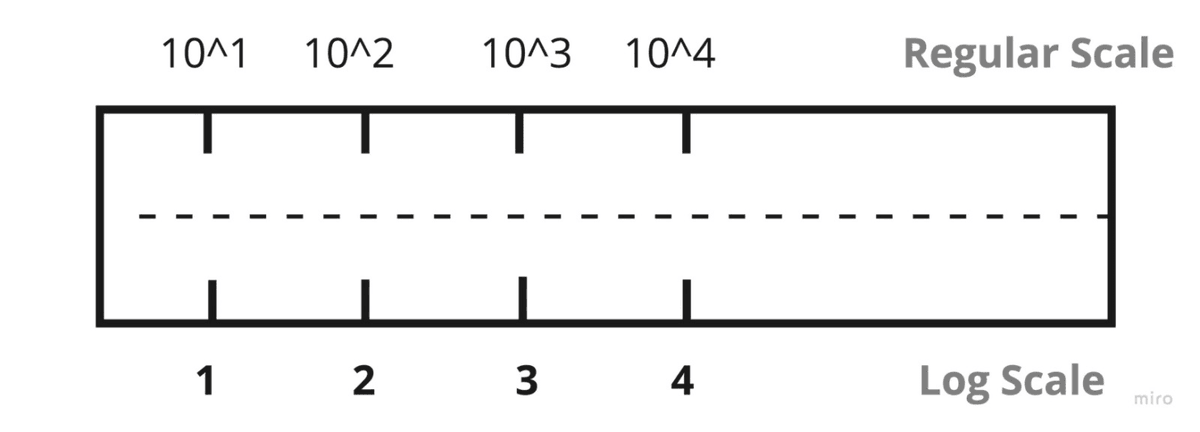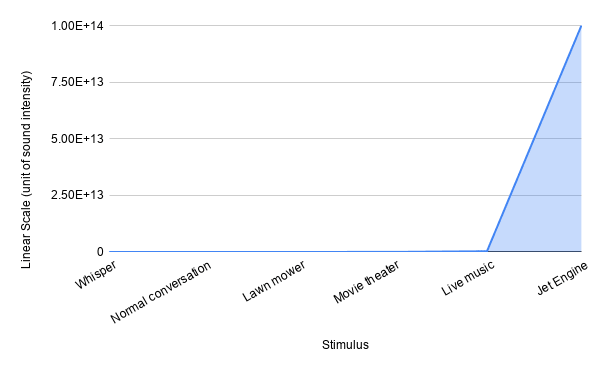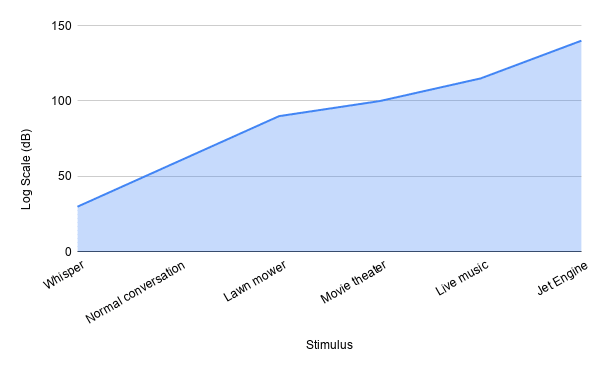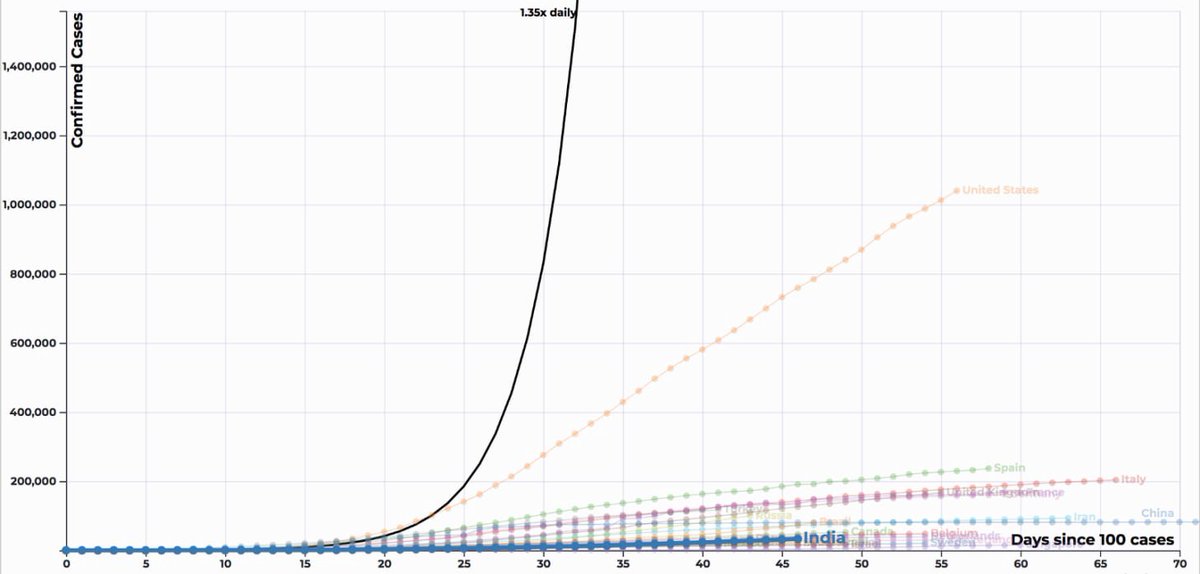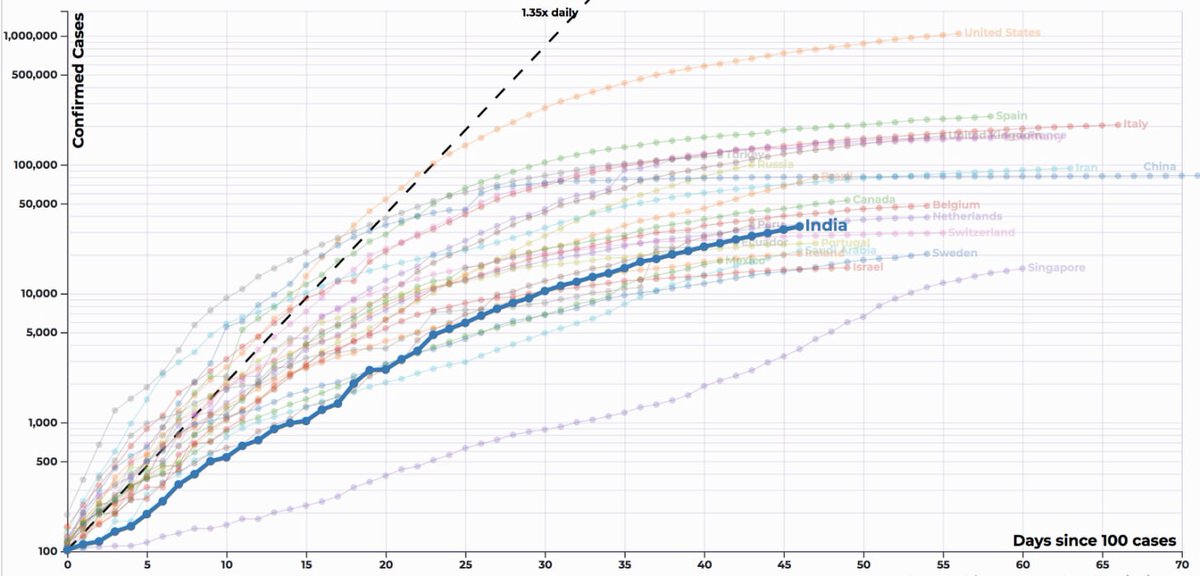To understand what Logarithm has to do with compression of information, lets visit 16th century, where it all started
People during the 16th century had directed much of their curiosity towards the heavens and the earth
the perimeter of our curiosity had expanded like never before
The birth of Logarithm
Two people rose to the need, as demanded by the scientific community, to make calculations easier - They were John Napier & Joost Bürgi
Why were calculations so hard
Imagine that you wanted to calculate area of some rectangular land mass with the length and breadth as 10³ units and 10⁴ units
Now let's say one fine day, Napier finds you, gives you a scale and asks you to do the following
This was a phenomenal shift in terms of how people did calculations
If you are wondering how Napier/Joost came up with this scale - they manually calculated them 😳
So we realise that Logs made calculations easier. How?
By allowing us to compress large numbers to more manageable forms, without any loss of information
---
How is this possible? How are we able to differentiate between such wide range of sound intensities?
It is because we perceive sound on a log scale
Only because we perceive sound on a log scale, we are able to consume such a wide range of sounds
What's amazing is that this was true even before Napier came up with concept of Logarithms - he stumbled upon Logarithms trying to solve a very different problem
Unfortunate as it is, let's try to make sense of the scale of its impact on major countries around the world
Now, let's use the log scale
Screw school curriculum
PS : The COVID-19 data can be found here (91-divoc.com/pages/covid-vi…) built by @profwade_ . Highly recommended!
Logarithms is a way to compress information that makes it easier to consume and compare - it is a shame that we were taught logarithms in a way bereft of this beautiful intuition
rss.onlinelibrary.wiley.com/doi/pdf/10.111…
Thanks for reading!
Phew

